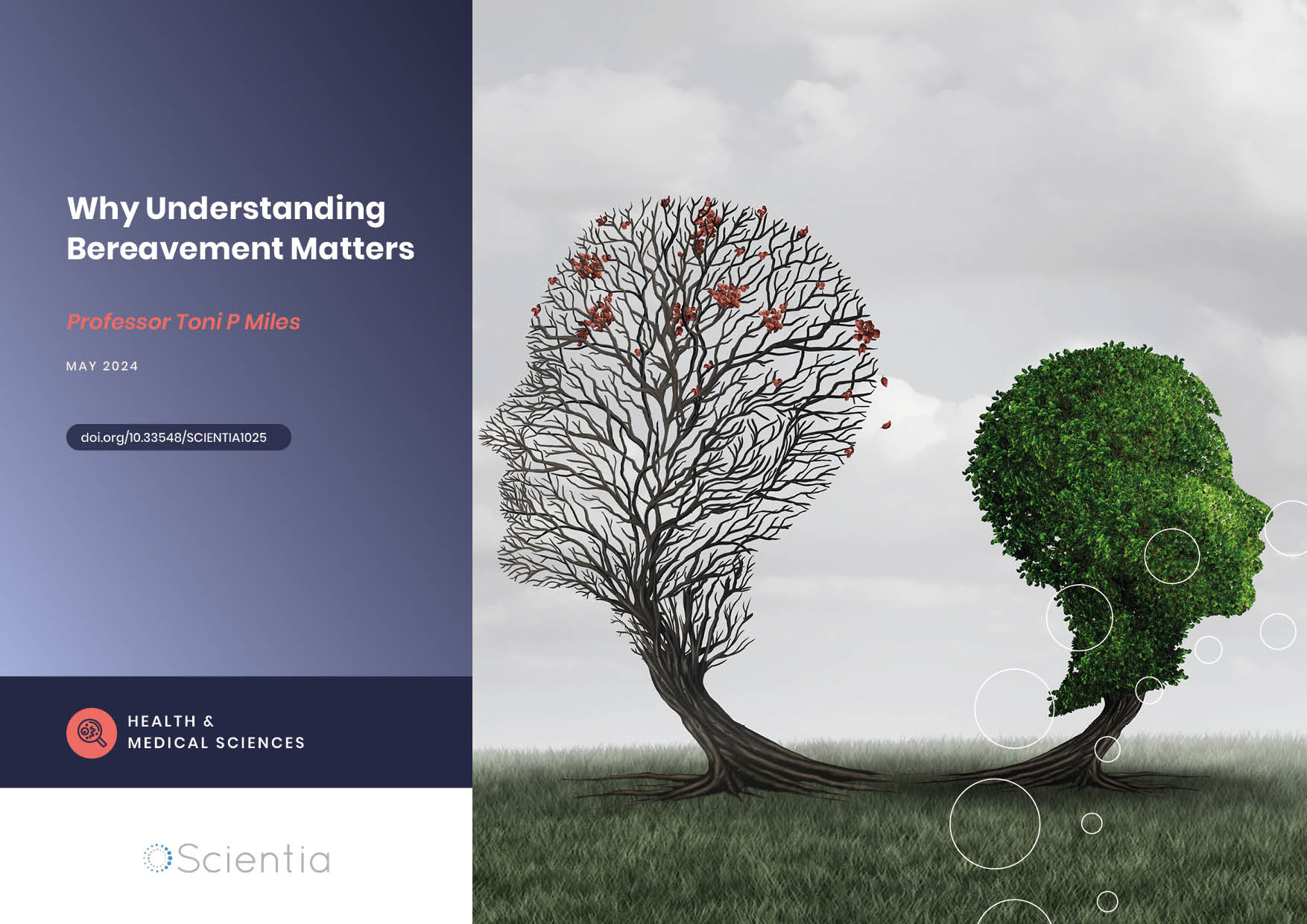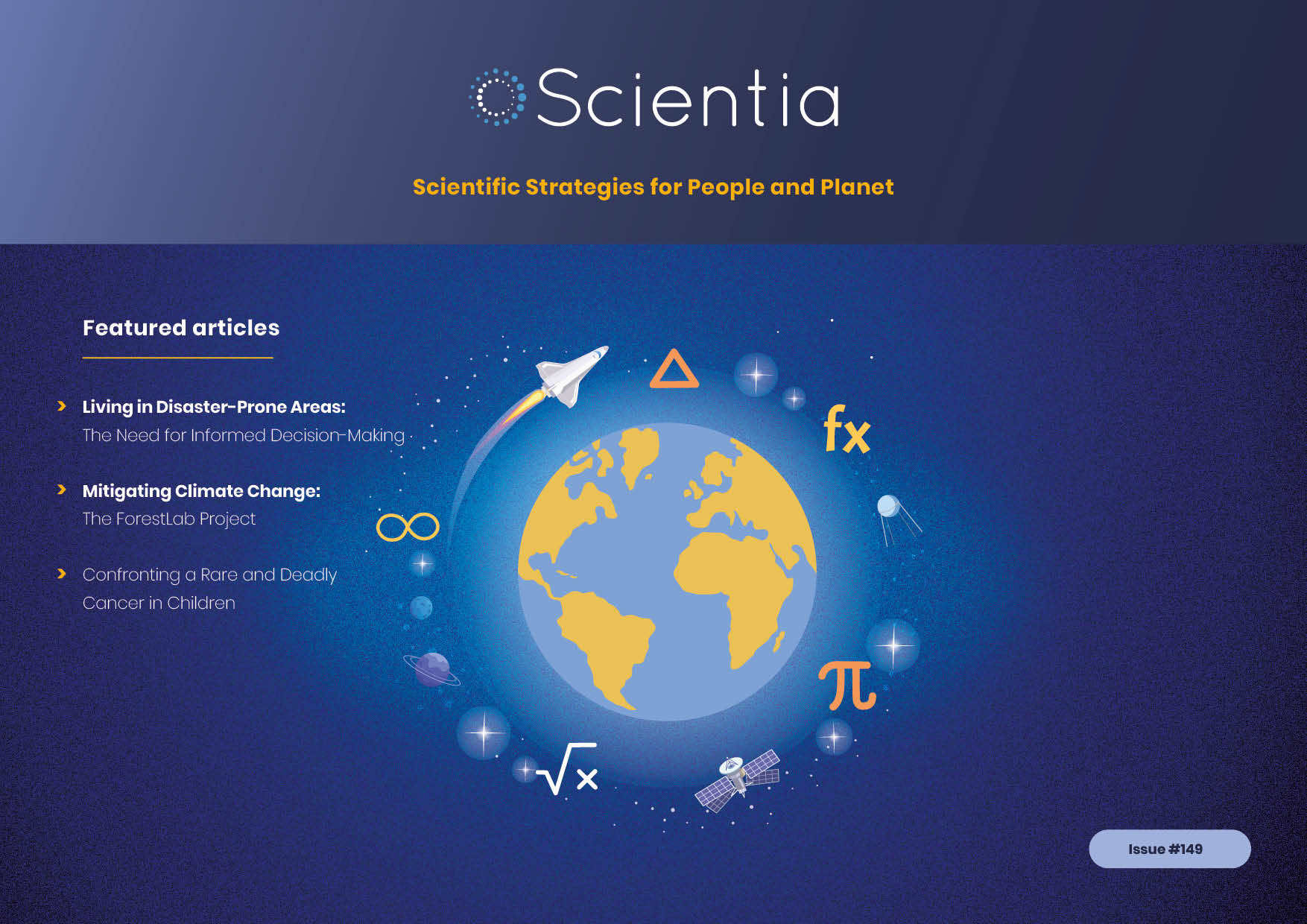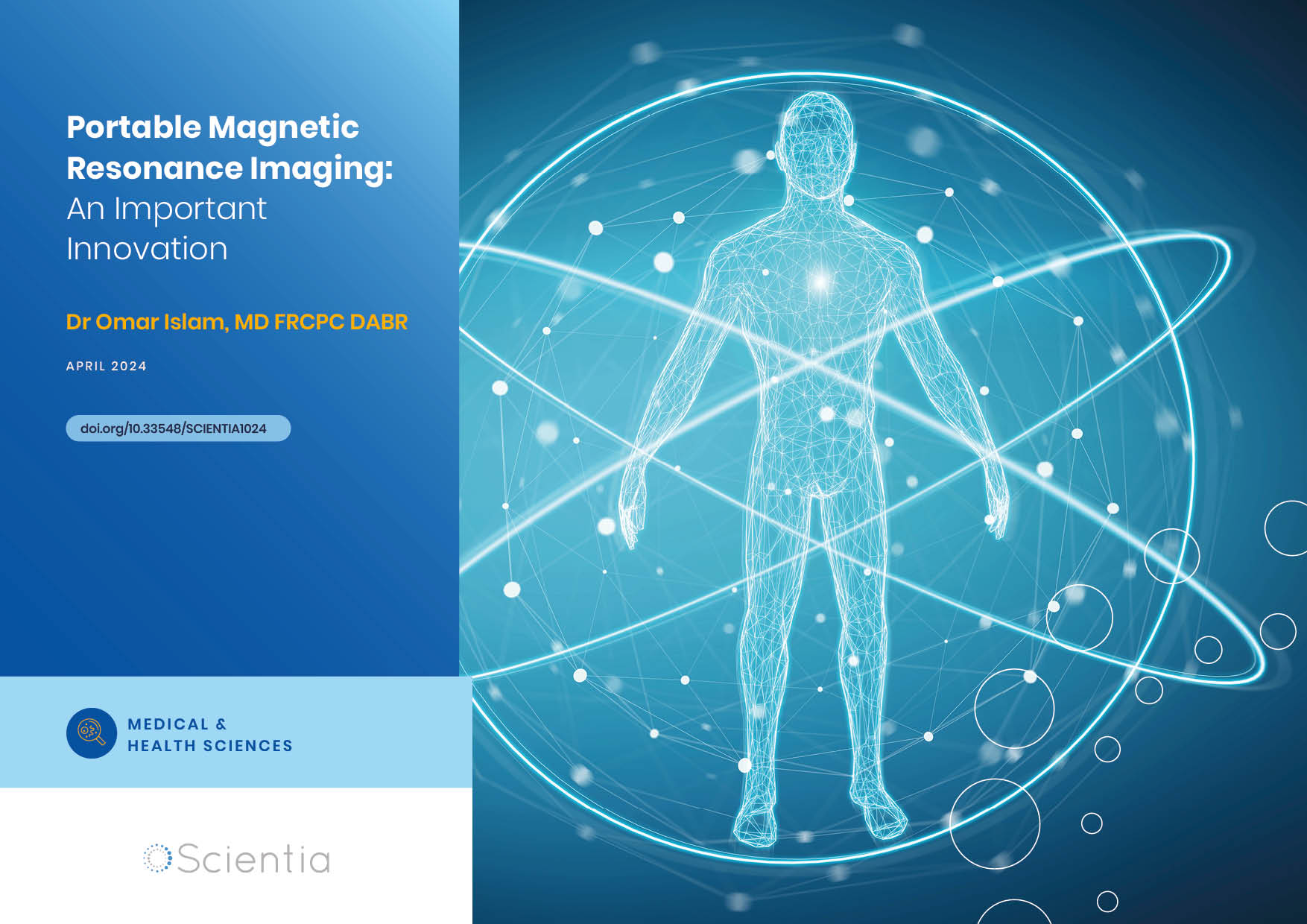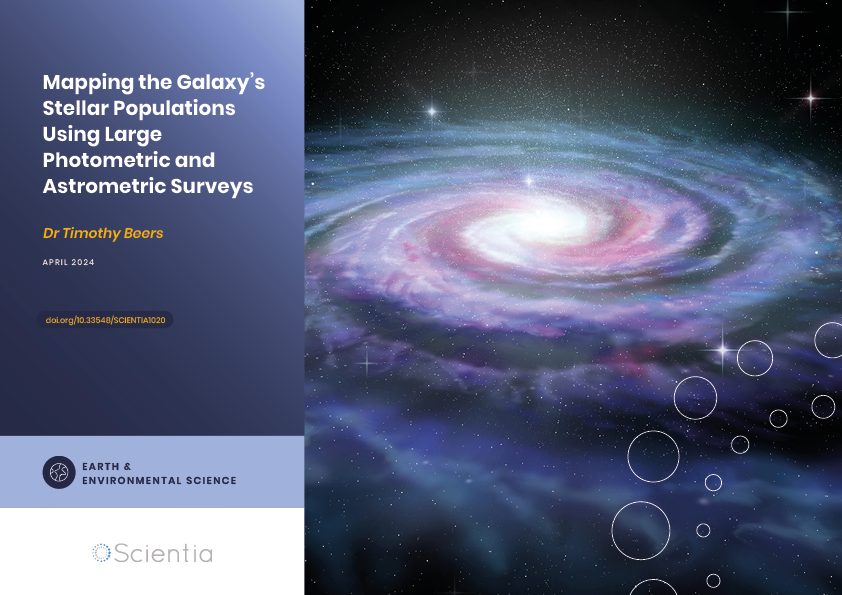Connecting Science and Society Through Comedy
Opinion article by Dr Jessamyn Fairfield, of the National University of Ireland, Galway
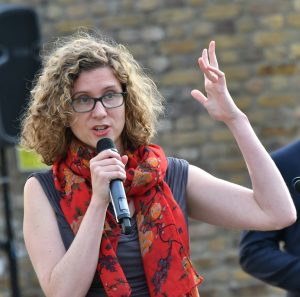 Science’s Funny Side
Science’s Funny Side
Sometimes, science can feel like a joke. Experiments don’t work, simulations produce physically impossible outcomes, and a question that you thought would take two weeks to answer instead can take two years. All too often we hide the messiness of science, presenting progress as linear rather than admitting the missteps and follies along the way. But surprises and setbacks shape the story of science as a human endeavour, and if we are unwilling to share this side of science, to laugh at ourselves, we risk alienating society from science altogether.
You might be thinking, but science isn’t funny, it’s an important and serious business! In my view, that is exactly why we should find the humour in it. Scientific progress saves lives, and technological advances improve quality of life across the globe. This means that public understanding of and participation in science has never been more important, especially as scientific issues such as climate change and energy usage increasingly impact politics and people worldwide. Research in education tells us that playful approaches to learning information can actually aid in retention and understanding, so educators now encourage learners to generate their own content on a topic – to be able to tell a story. Or write a joke.
What is a joke, after all, but a surprising reversal, a change in viewpoint that completely reframes the information that came before? These sorts of reversals happen in science all the time, and scientists are used to having their viewpoints upended by new data. In fact, many of the skills that are important in science are also important in writing comedy: creativity, a willingness to upend the status quo, and indeed a subversive approach to authority in pursuit of a deeper truth.
But more importantly, consider the audience. When a person listens to a joke, they are waiting for the other shoe to drop and the punchline to be revealed: they are waiting to change their mind. In this era of polarised news and information bubbles, what other approach to communication of complex ideas could possibly be more powerful than comedy?

Bright Club
It is this ethos that underlies Bright Club, a series of variety nights combining academic research and stand-up comedy. I have run Bright Club events in Ireland since 2015, training researchers from science, social science, and humanities and bringing them together with comedians and musicians for thought-provoking shows. The Bright Club format itself was pioneered in the UK by Steve Cross in 2009, and Bright Club events now take place in many European countries. Before each event, academics are trained in stand-up comedy techniques, a skill set which they often find useful in teaching and other science communication events.
In the 60+ events we have held in Ireland, which take place in informal spaces from pubs to music and comedy festivals, we have found an audience which is diverse and excited to hear from academics who reject the notion of the ivory tower. The interdisciplinary nature of the events helps connect science to the broader constellation of human knowledge, drawing in people from all walks of life.
‘Surprises and setbacks shape the story of science as a human endeavour, and if we are unwilling to share this side of science, to laugh at ourselves, we risk alienating society from science altogether.’

We’ve also found that speakers who take part in Bright Club find comedy empowering: not only does it help them to communicate more accessibly, without jargon, but it helps them to communicate authentically, to find their own voices and their own unique perspectives on their own research. Participation in public engagement events like Bright Club often leads to a strengthened sense of agency and scientific identity, but the use of humour adds an extra level to this by allowing researchers to connect their professional selves to their personal selves. Audiences see researchers in their full humanity, and researchers often report that Bright Club is the first time they have felt that this humanity could be part of their work.
Science affects all of society, and hence it is of critical importance to bring researchers into public spaces to engage the public with what they do. Comedy is an invaluable tool for engagement, not least because the audience response adds the element of dialogue. Researchers report that the laughter and comments from the audience, as well as the process of writing jokes and reflecting on their own work, gave them new ideas and perspective on their research. And audiences reported great joy in hearing academic research presented so engagingly, in a fun setting, with a mix of different topics. Facts don’t speak for themselves – they need ambassadors. So, isn’t it time we all started taking ourselves a bit less seriously?
Reference
https://doi.org/10.33548/SCIENTIA405
Creative Commons Licence
(CC BY 4.0)
This work is licensed under a Creative Commons Attribution 4.0 International License. 
What does this mean?
Share: You can copy and redistribute the material in any medium or format
Adapt: You can change, and build upon the material for any purpose, even commercially.
Credit: You must give appropriate credit, provide a link to the license, and indicate if changes were made.
More articles you may like
Professor Toni Miles | Why Understanding Bereavement Matters
Professor Toni Miles has dedicated her research efforts to measuring bereavement and its impact on population health. Individual experience with bereavement is commonplace, but we know little about its impact on society when there is an instantaneous experience by a large number of individuals, i.e., mass bereavement. To measure its occurrence, her research with colleagues first confirmed that bereavement can be effectively measured in population surveys. Professor Miles argues that we should use such approaches to deliver interventions aiming to reduce the negative consequences of bereavement on individuals. By measuring bereavement in communities, these data become a cost-effective way to increase resilience, reduce demands on healthcare systems, and enhance public safety.
Dr Shami Ghosh | A New, Evidence-based Perspective on How Capitalism Developed in Europe
The political and economic system of capitalism is dominant in the Western world. But how did we get here? Dr Shami Ghosh, an associate professor in the Centre for Medieval Studies at the University of Toronto, is challenging influential perspectives on the development of capitalism in Europe.
Dr Omar Islam | Portable Magnetic Resonance Imaging: An Important Innovation
Imaging technologies are vital in modern medicine and have revolutionised how clinicians make diagnoses and monitor disease progression. However, the necessary equipment – such as a scanner for magnetic resonance imaging (MRI) – is very large and expensive, requiring patients to go to the scanner rather than receiving scans as bedside care. This takes up valuable staff time and resources, and can present further risks to patients. Dr Omar Islam from Queen’s University and Drs Aditya Bharatha and Amy Lin from the University of Toronto are showing how portable MRI scanners may offer a viable alternative that benefits patients and healthcare systems.
Dr Timothy Beers | Mapping the Galaxy’s Stellar Populations Using Large Photometric and Astrometric Surveys
Astronomers often use spectroscopic (electromagnetic radiation) data and astrometric (motion and positional) data to develop working models describing our Galaxy. Dr Timothy Beers from the University of Notre Dame and his collaborators in Korea and China combined large photometric (visible light) surveys and astrometric data to create multidimensional maps of a large part of the Galaxy. By highlighting significant inhomogeneities in stellar-chemical compositions, motions, and spatial distributions, Dr Beers and his colleagues provide valuable insights into how we can advance our understanding of the formation and evolution of our Galaxy.

